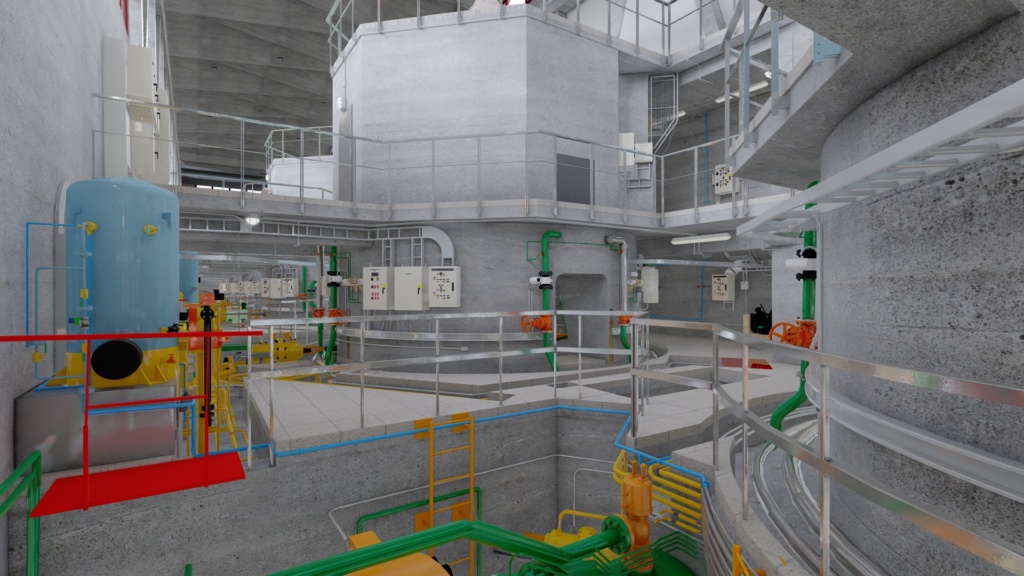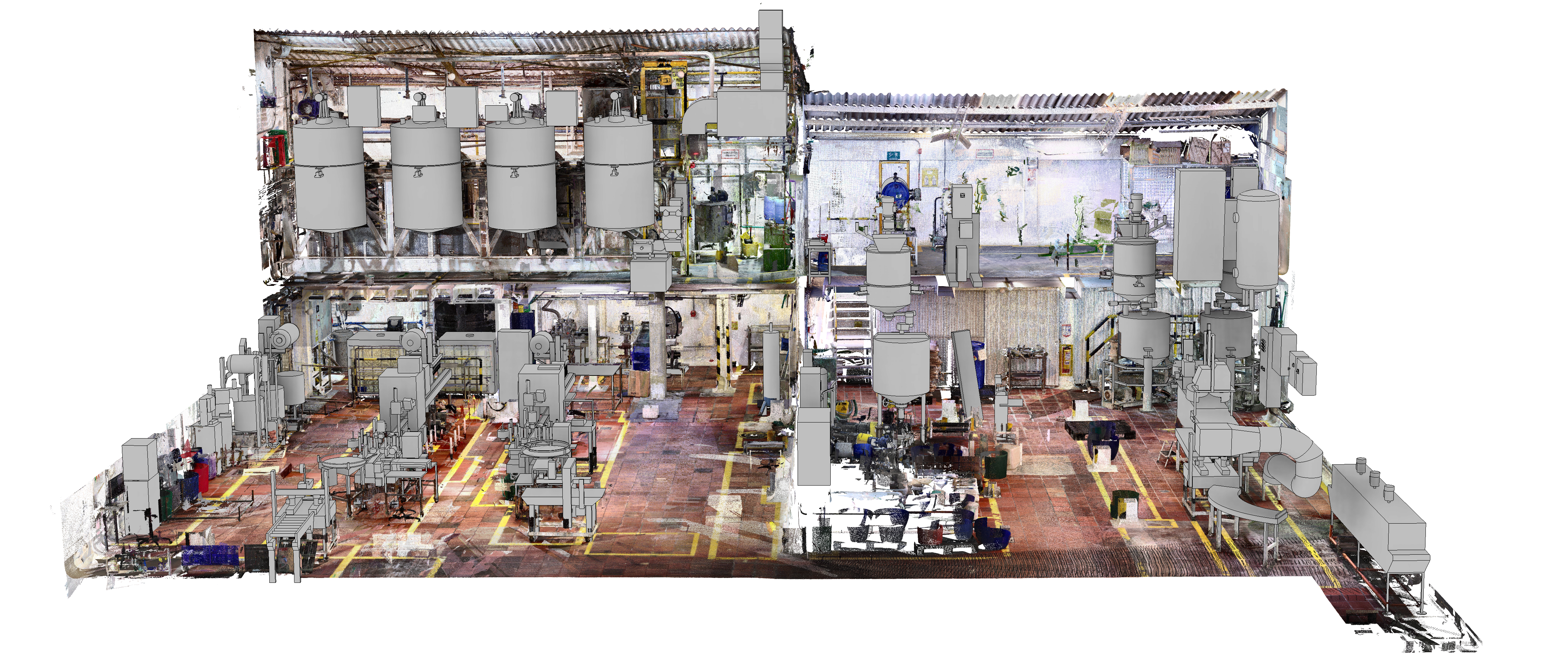In the world of architecture and engineering, surveying existing conditions is the starting point for any project. For facility managers, engineers, architects, and project managers, not having enough information exacerbates the complexity of their daily operations and increases uncertainty and risk in projects. Relying on traditional survey methods falls short of current needs and faces the debate about which building survey method is the right one, dividing opinions between proponents of traditional methods and those who advocate for the implementation of modern survey methods.
While both traditional and modern approaches have their respective advantages and disadvantages, it is imperative to consider long-term aspects when deciding on the most suitable survey method. Although traditional methods can provide immediate benefits in terms of cost and reduced reliance on advanced technology, it is crucial to evaluate medium- and long-term costs, along with other factors that could affect the viability and sustainability of the construction project. In this context, 3D laser scanning technology stands out as an increasingly popular tool for these tasks, thanks to its advantages and its ability to provide accurate and detailed data, which are fundamental aspects for the success of the project.
Traditional Methods:
• Traditional building survey methods include:
• Manual measurement with tape measure: Used to measure distances, heights, and widths.
• Freehand sketching: Building features are drawn by hand.
• Leveling with optical instruments: The height of points is determined with respect to a reference plane.
• Theodolite: Measures horizontal and vertical angles.
Advantages:
• Familiar: A known approach, easy to learn.
• Economical at the start: An affordable initial investment.
• Versatile: Adaptable to various types of projects.
However, it has serious limitations:
• Slow and laborious: Requires considerable time for data collection and manual processing.
• Prone to errors: Manual measurements are inaccurate, with risks for the project.
• Inaccurate and not very detailed: Limited in capturing complex information, which affects the quality of the survey.
3D Laser scanning technology emerges as a revolution:
• Innovative: 3D laser scanning technology is a disruptive technology that redefines building surveying
• Incomparable speed: Significantly reduces survey time compared to traditional methods.
• Efficient and reliable: Automates data collection, eliminating measurement errors.
• Versatile: Adaptable to any type of building, from houses to industrial complexes.
Beyond Advantages:
• Minimizes the need for personnel on site.
• Reduces long-term costs due to errors and rework.
• Optimizes the use of resources and materials.
• Facilitates the generation of BIM models for integral project management.

Beyond the dichotomy:
The coexistence and complementarity between both methods is a reality in the AEC sector. The choice will depend on the characteristics of the project, seeking a balance between cost, time, accuracy, and specific needs.
The future of building surveying is emerging as a convergence between traditional experience and technological innovation. The key to success will be finding the right balance between the two for each project.


